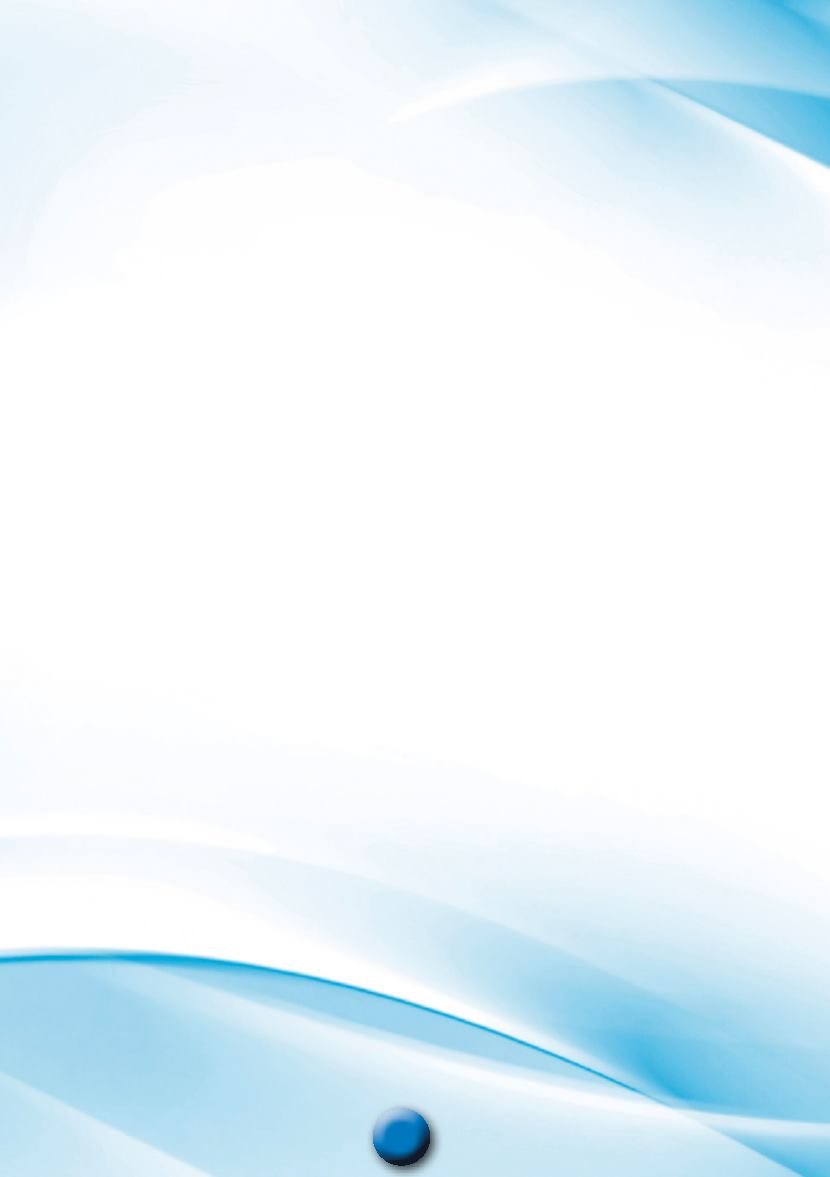

6
About Finland
People
Population: 5.48 million, 18.0 inhabitants per km² (41.8 per square mile)
Life expectancy: Men 77 years, women 83 years
Languages: Ofčcial languages are Finnish (spoken by 90%) and Swedish (5.4%). Sámi
is the mother tongue of about 1,800 people, members of the indigenous Sámi people of
northern Lapland.
Religion: Christianity; 75.2 % Lutheran and about 1.1% Orthodox. In practice Finnish
society is fairly secularized.
Geography & Climate
Area: 338,432 km² (130,985 square miles), the čfth-largest country in Western Europe
Greatest length from north to south: 1,160 km (720 miles)
Greatest width from east to west: 540 km (335 miles)
Capital: Helsinki (1.42 million inhabitants in metropolitan area)
Climate: Great contrasts –cold winters and fairly warm summers (2014 extremes: cold-
est day in Utsjoki -40.7 C/-41.3 F, warmest day in Heinola 32.8 C/91.0 F)
State & Government
Independence: Declared on December 6, 1917. Previously (1809–1917) a grand duchy in
the Russian Empire, and a part of Sweden for 600 years before that.
Form of government: Republic, parliamentary democracy
Parliament: 200 members in one chamber, elected every 4 years in a direct vote (next
elections in 2015).
Cabinet: Multiparty coalition cabinet. The current Cabinet is run by Prime Minister Alex-
ander Stubb.
Head of State: President of the Republic, elected every 6 years, two-term maximum.
Currently Mr Sauli Niinistö, elected in 2012.
International cooperation: Member of United Nations since 1955 and European Union
since 1995
Society & Economy
Key features: High standard of education, social security and healthcare, all čnanced by
the state GDP per capita: 37,018 euros (2013).
Main exports: Chemicals, wood and paper products, electrotechnical goods, metal prod-
ucts, machinery, transport equipment.
Main imports: Raw materials, investment goods, energy, consumer goods (for example
cars and textiles).
Currency unit: Euro
Sources: Statistics Finland, National Board of Customs, Population Register Center


















